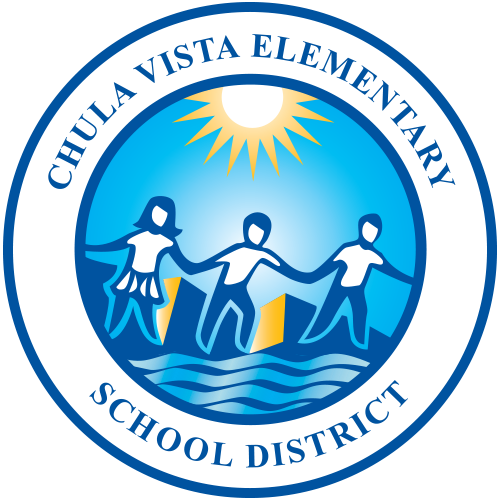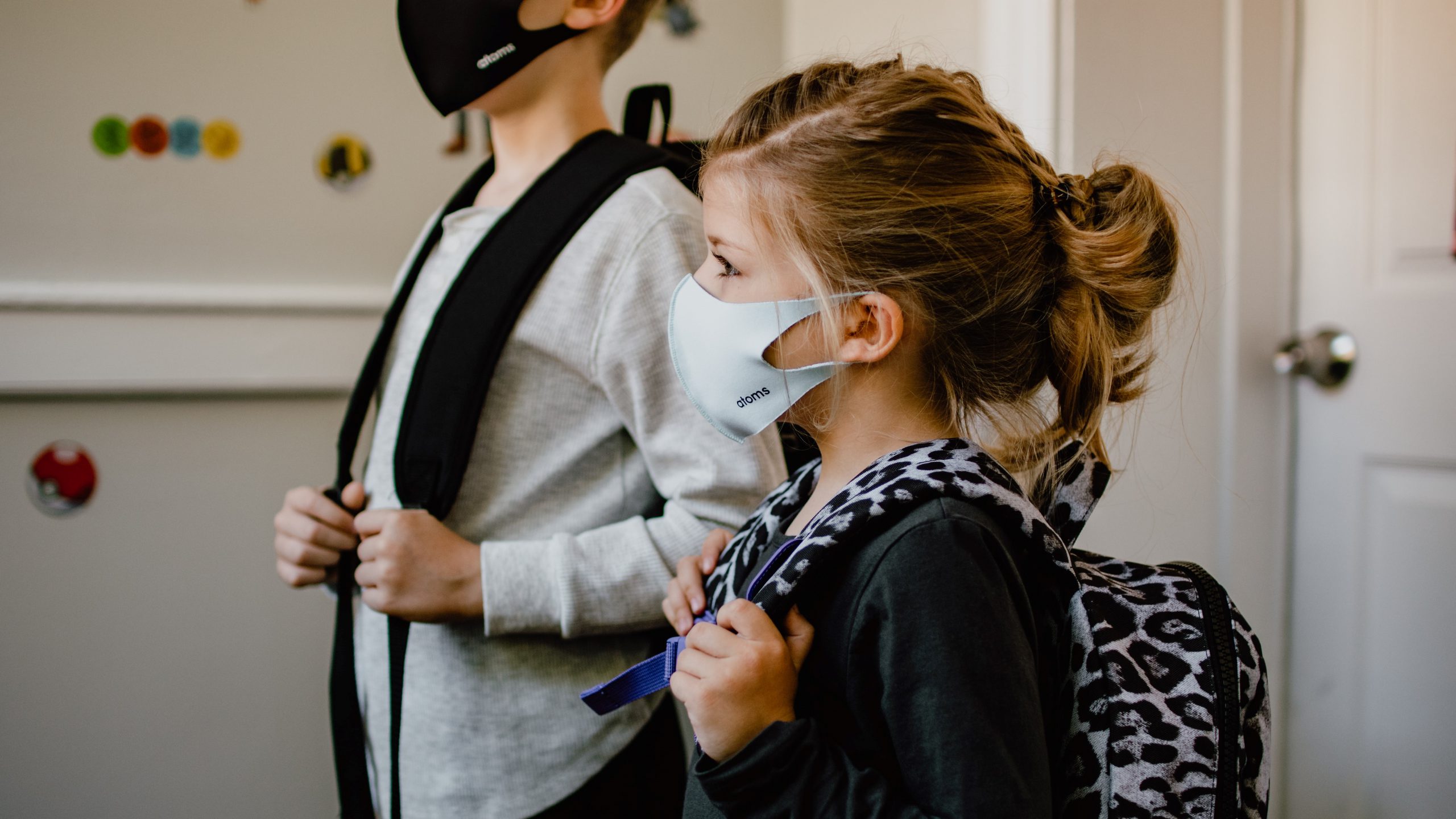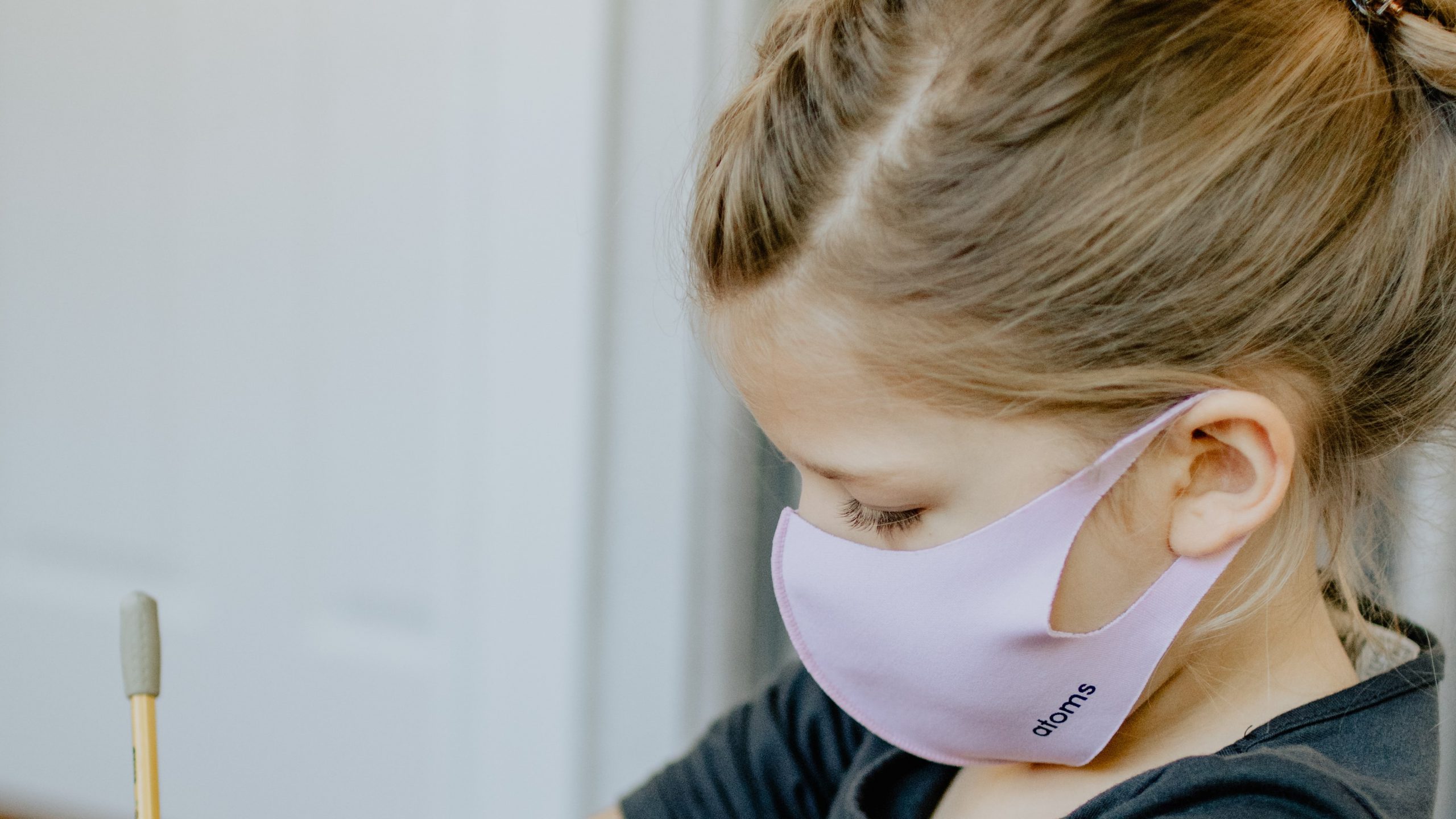Collaborative Approaches to Support Reopening/Site-Specific Protection Plan

Redding School District
All campuses in Redding SD have a COVID-19 case spreadsheet to coordinate responses to any cases. The district is fully cohorted by classes, allowing schools to remain open even when a case is confirmed. In addition to added air purifiers and cleaning stations, Redding ESD has also added COVID liaisons at each site to perform extra cleaning of bathrooms and high-touch areas.
Areas of Success:
- Plans to Assess Learning: All students have been assessed and every campus has tutors specifically assigned to address gaps that are identified in the Reading and mathematics assessment. In addition to purchasing Brainfuse, an online tutoring program to support Distance Learning students, the district also purchased additional time from instructional aides to support students with completion of homework and classwork.
Resources:
- 2020-21 School Reopening Plans for all schools within Redding ESD
- Redding SD Health Metrics for Changing Schooling Phases

San Ysidro School District
Residing within one of the highest COVID positive geographic zip codes within San Diego county, San Ysidro SD made safety its top priority, quickly establishing a Safety Task Force composed of stakeholder representatives. In addition to creating a Safe Reopening of Schools Strategic Plan for the district, the Task Force also developed COVID-19 safety plans for all seven schools within the district. These safety plans are tightly aligned to guidance from CDC, CPHD, San Diego County Health Department, and San Diego COE.
San Ysidro SD was one of the first districts to fully prepare its schools to physically reopen with plexiglass barriers on all desks, thermoscan temperature devices, one-way directional decals on the hallway floors of every building, hand washing stations, and custom face masks for all students and staff. All staff members also received COVID safety training during the virtual welcome back kick-off event.
Areas of Success:
- Plans and Practices to Support Equity and Mental Health & Wellness: San Ysidro USD added a substantive mental health component to its MTSS protocol. The district implemented the Second Step academic curriculum in all grades and in every class. The district partnered with the District Attorney office to provide Restorative Practice and restorative circles to all classrooms and co-created with SYEA a distance learning schedule for all grades that includes weekly SEL Second Step curricular lessons and class restorative circles.
Resources:
- San Ysidro SD COVID-19 Prevention Plan (English & Spanish)
- Injury and Illness Prevention Plan & COVID-19 Addendum

Hemet Unified School District
Hemet USD has an extensive plan in place to minimize the infection rate and to respond rapidly in the event someone is displaying COVID symptoms. The district has developed robust systems to manage various aspects of contact tracing and case management.
Areas of Success:
- Collaborative Approaches to Support Student Mental Health & Wellness: Hemet USD implemented an SEL screener for all grade levels, in conjunction with the Riverside University Health System. This allows the district to assess students and route the appropriate resources to those in need. Hemet USD’s strong Student Services division includes mental health experts that assist with shepherding this work in providing SEL supports to students. Under the direction of the district’s site principals, each school site has created a re-engagement plan and has re-engagement teams in place. Since many of the district’s classified team members are not able to serve in their normal capacities, many of them are on these teams.
Resources:
- Return to In-Person Instruction Board Study Session
- Parent Communications
- Hemet USD Mental Health Resources
- Faculty Focus Fridays

Planada Elementary School District
Planada Elementary SD is currently providing distance learning to its students. The school district has invested in technology so that devices and connectivity for students is reliable and consistent. Small cohort support is provided for students with special needs allowing staff to test and refine safety protocols resulting in zero spread on campus to date. All students are scheduled to return to in-person instruction on January 11, 2020.
Areas of Success:
- Plans to Assess Learning: Planada ESD adopted an assessment calendar that includes both formative and summative assessments.
Resources:

Chula Vista Elementary School District
Chula Vista Elementary SD has a reopening plan, which is a fluid document updated based on new information, procedures, processes, and mandates established by the lead health organizations, such as the County of San Diego Health and Human Services Agency, the California Department of Public Health, and the Center for Disease Control. The district has taken a three-pronged approach to provide testing and tracing for students, families, and staff, with the support of the County of San Diego Health and Human Services Agency, the city of chula Vista, and Kahala Biosciences. The first phase of testing began at the end of October with Kahala Biosciences and has a total of 2,000 open slots. This testing and tracing program will provide the opportunity of antibody and viral testing for students, staff, and parents at the outset, with additional viral testing taking place two week and four weeks later. Participants will engage in daily symptom monitoring through the use of Kahala’s ADIONA digital platform, which is accessible by smartphones.
Areas of Success:
- Plans and Practices to Support Equity: Chula Vista ESD opened most of its schools to “cohorts,” or small groups of students, through the Distance Learning Support Program (DLSP). Participants include special education students, English learners, and children of essential workers. Operated in partnership with the YMCA of San Diego county, the program serves more than 1,100 students at 41 of its 46 schools. In the summer, Chula Vista ESD hosted a Summer Learning Camp from August 10-21, 2020 in a distance learning model. Students were selected and invited to attend the Summer Learning Camp based on assessment data from earlier this spring, which indicated a need for intervention to address possible learning loss. The Summer Learning Camp included a rigorous instructional day for students through a structured daily schedule. Research-based practices and intervention materials aligned to the adopted curriculum were used to provide direct instruction in English Language Arts and/or Mathematics, with support provided in small groups and on-on-one interaction. With the success experienced with DLSP for its high-need student groups, Chula Vista ESD is proposing a phased expansion to live in-person instruction when local data deems it is safe to do so.
Resources:
Spotlight Summaries
Insights and Innovations


Redding Elementary School District
 The Redding SD Approach
The Redding SD Approach
All campuses in Redding SD have a COVID-19 case spreadsheet to coordinate responses to any cases.
Read MoreSan Ysidro School District
 The San Ysidro SD Approach
The San Ysidro SD Approach
Residing within one of the highest COVID positive geographic zip codes within San Diego county, San Ysidro SD made safety its top priority.
Read MoreHemet Unified School District
 The Hemet USD Approach
The Hemet USD Approach
Hemet USD has an extensive plan in place to minimize the infection rate and to respond rapidly in the event someone is displaying COVID symptoms.
Read MorePlanada Elementary School District
 The Planada Elementary SD Approach
The Planada Elementary SD Approach
Planada Elementary SD is currently providing distance learning to its students.
Read MoreChula Vista Elementary School District
 The Chula Vista Elementary SD Approach
The Chula Vista Elementary SD Approach
Chula Vista Elementary SD has a reopening plan, which is a fluid document updated based on new information, procedures, processes, and mandates.
Read More